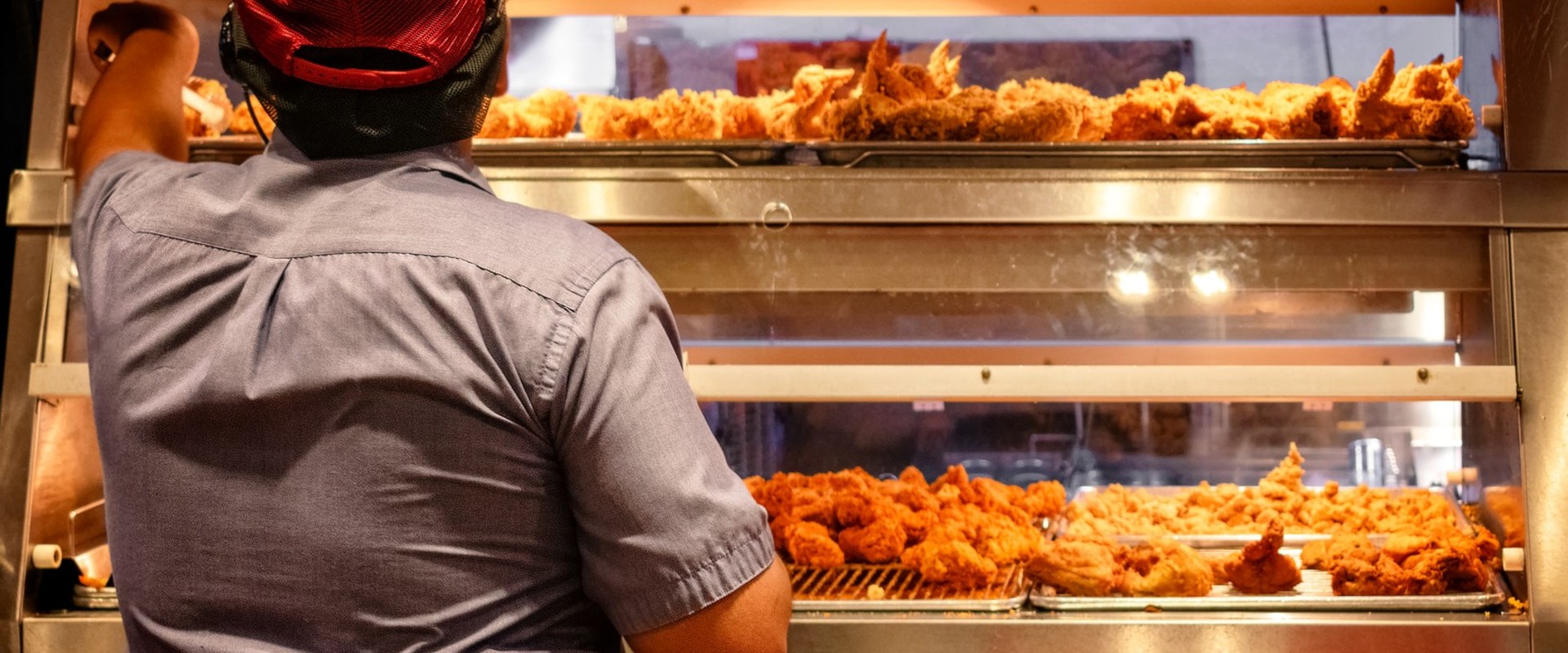The quick-service restaurant industry is highly competitive, marked by a history of price wars, said R, J. With minimal exchange costs, customers can be capricious. Locally sourced ingredients, something that has been contrary to much of the fast-food industry's distribution model, are on the rise. Therefore, the fact that most customers adopt a busy lifestyle paves the way for fast food products to grow in terms of volume sales.
The fast-food and quick-service restaurant industry in the U.S. The U.S. is characterized by intense competition, and each brand presents new strategies and techniques. The fast food industry is not without its challenges, but it is clear that it is still possible to make a profit in the face of them.
Many fast food restaurants now offer healthier options and can provide nutritional information on their websites or franchise branches. The average adult consumes 836 calories per fast food and underestimates what they eat by 175 calories. Fast food and quick-service restaurants serve fast food cuisine with quick service and an affordable price. Franchises allow fast food businesses to expand at a faster pace without using borrowed funds.
In addition, the increase in fast and informal food is expected to negatively affect the growth of the fast food market. In addition, North America is expected to experience a higher CAGR of 3.4%, due to the increase in disposable income and the busy lifestyle of consumers as a result of the increase in employment and the increase in the number of women workers in the region. The rise in popularity of fast food restaurants, also known as quick-service restaurants (QSR), is driving the growth of the global fast food market. As for the lowest fast-food restaurants per capita, there are 1.9 restaurants per 10,000 residents in Vermont, making it the state with the fewest fast food restaurants in the United States.
However, factors such as the high cost of setting up restaurants and the increase in health problems among fast food consumers are expected to hinder the growth of this market. Direct competitors are other fast food companies, such as McDonald's, Starbucks, Subway, Taco Bell, Chick-Fil-A, Wendy's, Burger King, KFC, Sonic, Arby's, etc. In general, fast food has a reputation for unhealthy foods, while consumer tastes in the United States continue to lean towards more options healthy. Among emerging economies, China, India and Brazil dominate in terms of fast food consumption, due to their large population base and the growth in the number of QSRs, such as McDonald's, Burger King, Wendy's, Subway and Dunkin' Donuts.

Leave a Comment